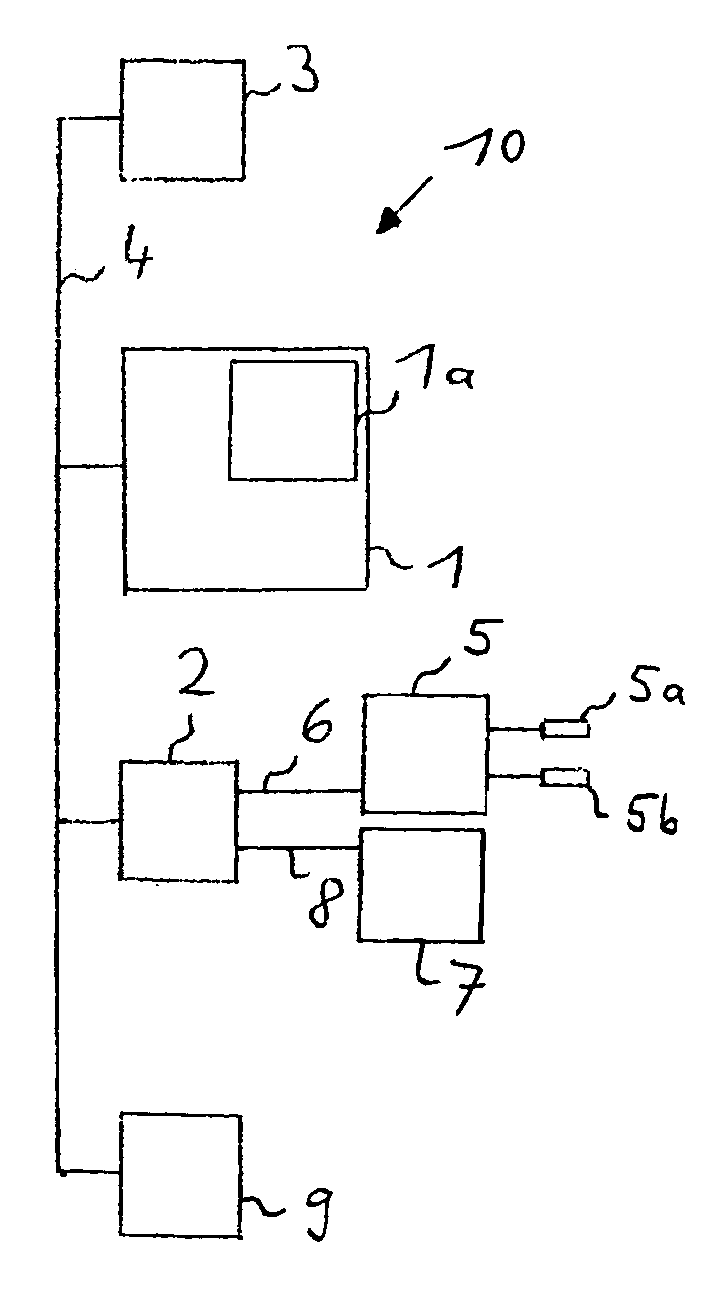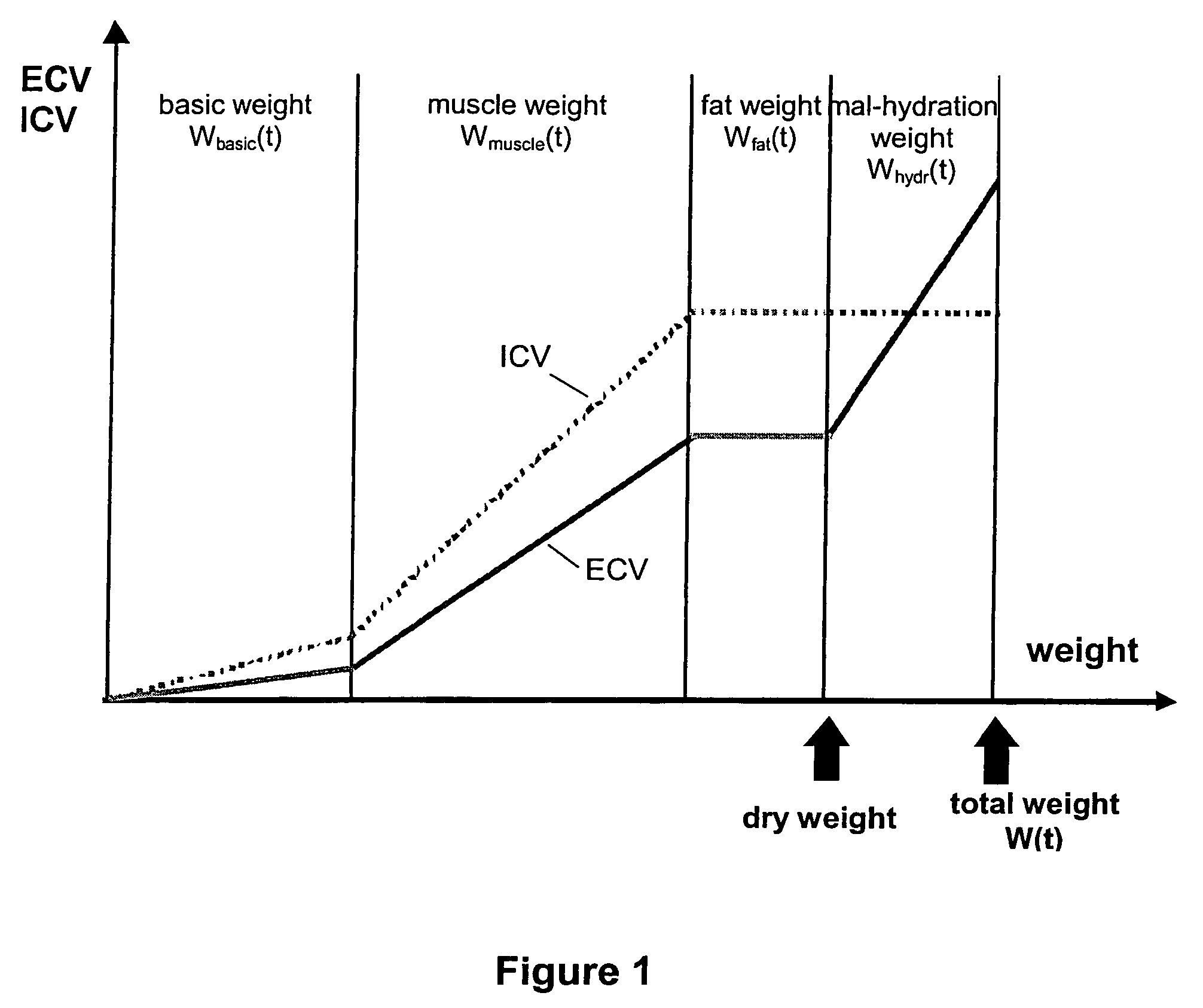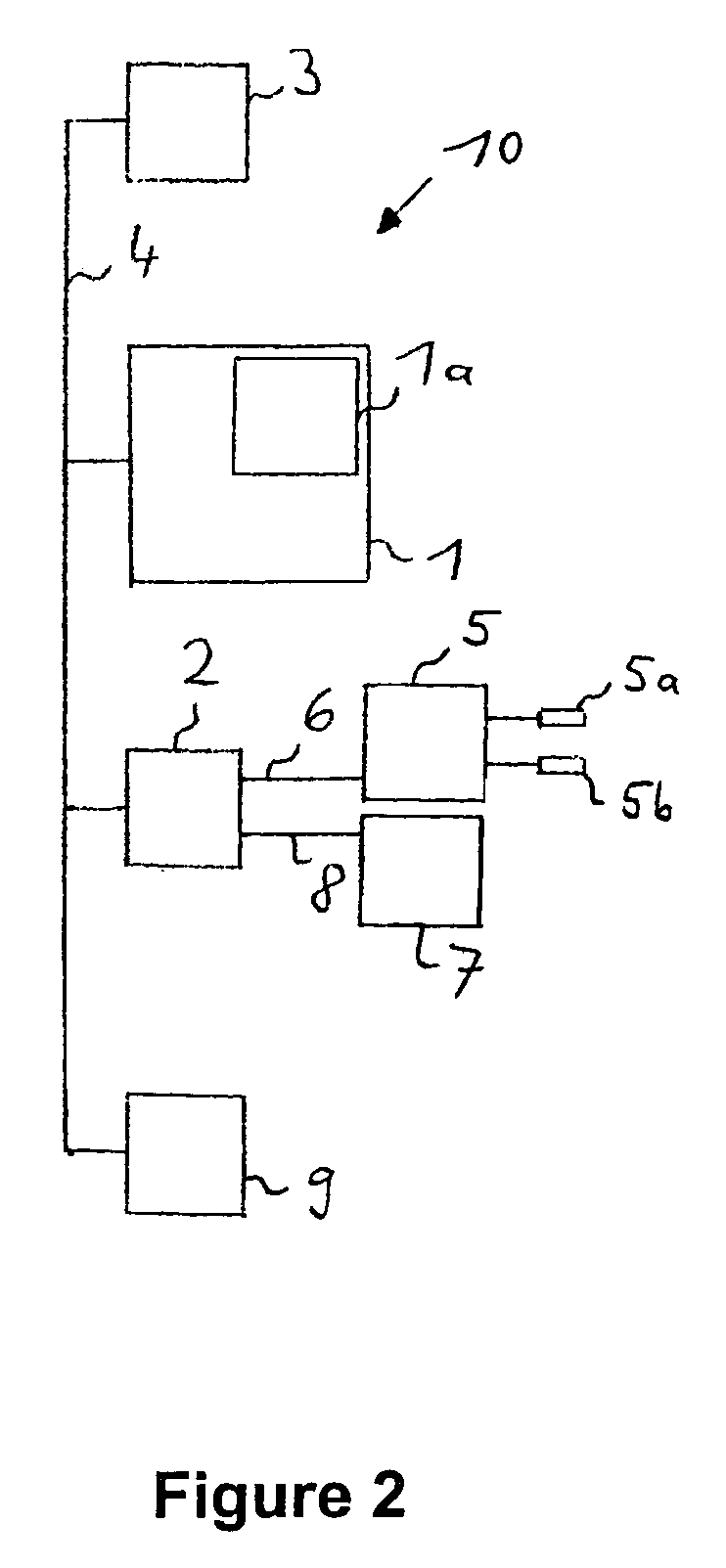Determining the hydration status of a patient
a technology for determining the hydration status of patients, which is applied in the field of monitoring the hydration and/or nutrition status of patients, can solve the problems of high blood pressure and cardiac failure, the risk of cardiac failure itself being many times more likely to occur, and the inability to remove too much fluid, etc., to achieve the effect of convenient and convenient method
- Summary
- Abstract
- Description
- Claims
- Application Information
AI Technical Summary
Benefits of technology
Problems solved by technology
Method used
Image
Examples
Embodiment Construction
[0037]Further scope of applicability of the present invention will become apparent from the detailed description given hereinafter. However, it should be understood that the detailed description and specific examples, while indicating preferred embodiments of the invention, are given by way of illustation only, since various changes and modifications within the spirit and scope of the invention will become apparent to those skilled in the art from this detailed description.
[0038]As shown in FIG. 1 the total body weight W(t) may be regarded as the sum of the weights of four compartments:
W(t)=Wbasic(t)+Wmuscle(t)+Whydr(t)+Wfat(t) (2),
wherein the second compartment (Wsec(t)) has been assigned to the compartment Wmuscle(t) of muscle tissue which shall comprise the skeleton muscles, the third compartment Whydr(t) to the volume of mal-hydration fluid and the fourth compartment Wfat(t) to the fat tissue.
[0039]The invention makes use of the observation that the weight Wbasic(t) of the firs...
PUM
 Login to View More
Login to View More Abstract
Description
Claims
Application Information
 Login to View More
Login to View More - R&D
- Intellectual Property
- Life Sciences
- Materials
- Tech Scout
- Unparalleled Data Quality
- Higher Quality Content
- 60% Fewer Hallucinations
Browse by: Latest US Patents, China's latest patents, Technical Efficacy Thesaurus, Application Domain, Technology Topic, Popular Technical Reports.
© 2025 PatSnap. All rights reserved.Legal|Privacy policy|Modern Slavery Act Transparency Statement|Sitemap|About US| Contact US: help@patsnap.com



